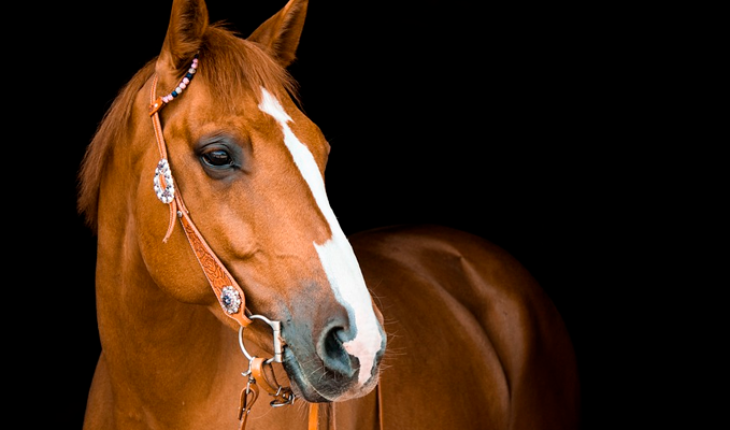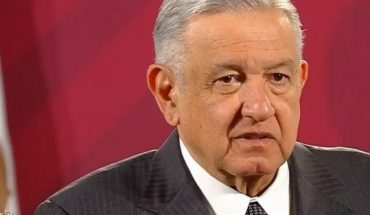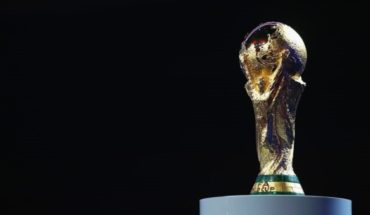Photograph/ Pixabay
How can you tell if a horse feels stressed? The answer is in his eyes and the way his eyelids contract. A new study reveals that these equines, protagonists of our #Cienciaalobestia, blink less and contract more their eyelids when they are under stress.
Knowing if a horse is agitated or not is now possible by looking them in the eye. Although many caregivers may recognize when their animals are restless, it can sometimes be difficult to perceive a horse’s mood, especially if the equine has been well trained.
“When horses are trained, we specifically teach them to suppress their stress responses because they want them to react when they are scared or nervous. But even if they’ve learned to suppress their reaction, it doesn’t really lessen the stress they feel,” says Katrina Merkies, a professor at Ontario Agricultural College at the University of Guelph, Canada.
A new study, led by Merkies and published in the journal Animals, shows for the first time the importance of eyelid contractions as indicators of stress. Although heart rate monitors or cortisol levels in the blood can already display this data, the finding makes it easy, simple and above all non-invasive to detect stress in these mammals.
“With humans, we already know the flicker changes when we’re under pressure. Some studies have shown that we blink more when we’re upset, while others found that we blink less. We wanted to see if horse flicker rates also varied,” explains Katrina Merkies, a professor at Ontario Agricultural College at the University of Guelph, Canada.
A look that says a lot
The research team recruited 33 horses from various breeds from three riding class facilities in eastern Ontario and exposed them to three mildly stressful scenarios.
During food restriction, eyelid contractions increased from two to six contractions per minute
In the first, a ball was thrown in front of the horse in an attempt to frighten the animal. In the next, the horse visually separated from his mare for a few minutes. And finally, scientists took away the horse’s food for three minutes just at lunchtime while their companions could start feeding.
Researchers recorded the horses and observed changes in eye and ear movement, head tilt and general restlessness. They found that retaining feeding for a few minutes was the most stressful thing for the horse, as indicated by his increased heart rate, restlessness and head movement. On the contrary, separation and the startled test provoked little response, probably because they were used to it.
“The food recall was something new, so it’s likely that that was the cause for the most stressed,” she says. When researchers reviewed videos of the horses’ eyes during the most harrowing moment, they noticed that the animals blinked less but moved their upper eyelids more.
The total flicker rate of horses decreased to an average of five blinks per minute during stress compared to eight or nine times per minute when they were relaxed.
During food restriction, their eyelid contractions increased from an average of two contractions per minute to six contractions per minute. Scientists did not record an increase in eyelid contractions with the other stress tests.
“There is no technique that tells us everything, but this is another tool that we can use to better understand our animals,” Merkies concludes.
Source: SINC
translated from Spanish: You can notice the stress of the horses in their eyes
November 11, 2019 |





